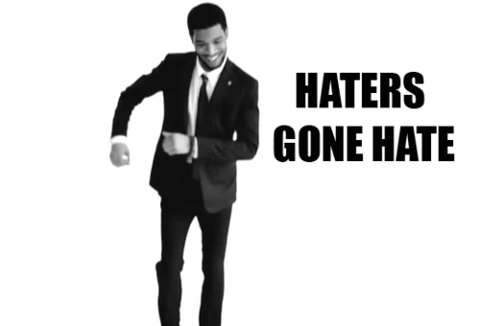
Tiny Italian firm Vyrus will launch a new hub-centre-steered superbike in November which in its ultimate form offers 211bhp. That makes it easily the most powerful street bike in the world – eclipsing Ducati’s MotoGP replica Desmosedici by more than 10bhp.
The 987 C3 4V is the latest evolution of Vyrus’s radical Ducati-engined superbike, replacing the 985’s 999R engine with the latest homologation-special 1198cc motor. An all-new electronics package – as well the 987’s inherently stable chassis, which doesn’t dive or squat – makes the bike’s monstrous power controllable, says boss Ascanio Rodorigo. “Everybody will be able to ride it without killing themselves,” he claims.
Three versions of the new 987 are planned, with deliveries of the ‘basic’ 987 – offering 170bhp and 163kg – beginning in the New Year, with two hotter versions commencing in April. An ‘R’ version is tuned for 184bhp and weighs 158kg (6kg less than a Yamaha R6), while the hottest ‘Kompressor’ version has just 154kg holding back its 211bhp. Prices are expected to be £44k, £50.5k and £71k, respectively.
Vyrus boss Rodorigo says the supercharged version has stretched chains and spun tyres on their rims in testing, and a new generation of electronics has been required to bring the power in check: “The dramatic increase in power of this bike has meant we need very advanced traction control and settings to keep its behaviour ‘human’.”
Race-spec traction control including sensors for wheel speed and suspension stroke, plus a gyroscopic lean-angle sensor combine with three different engine maps to make the most of the power in the broadest range of conditions.
Chassis-wise the 987 has a new swing- arm, geometry and different weight distribution to the 985. Buyers will get bespoke engine maps to suit their riding style and weight. “This is essential when you are dealing with 107ftlb of torque,” says Rodorigo. That’s 26% more than an R1.
Rodorigo believes the bike’s hub-centre-steered chassis is better suited to cope with near-MotoGP levels of poke on the road than conventional designs: “It’s curious at first, but it turns easily into corners, and the stability grows the closer you get to the limit. It’s incredibly confidence-building. The main drama is the light weight, not so much the power,” he adds. The 987’s predecessor, the similarly near-naked 985, topped out at 181mph – Vyrus has yet to speed test the new bikes.
Rodorigo, whose firm designed the famous Tesi 2D for Bimota, says he’s convinced the hub-centre-steered path is the true one, albeit a lonely one at the moment.
"The advantages of this type of design are evident when riding the bike at any level. The front end of a Vyrus doesn’t dive when you brake into the corners, which means you don’t get the weight transfer on the front wheel.

"That's DOPE"




























